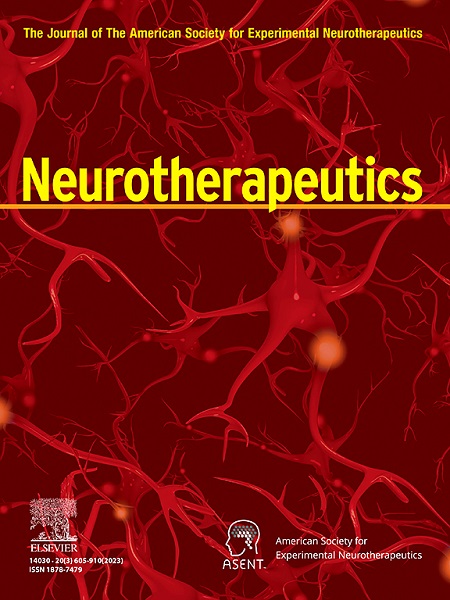癫痫的脑磁图和新成像模式。
IF 5.6
2区 医学
Q1 CLINICAL NEUROLOGY
引用次数: 0
摘要
癫痫手术的成功在很大程度上取决于能否正确识别整个致痫区。目前最先进的定位可手术区域范围的方法是将高分辨率三维磁共振成像(MRI)与脑电图(EEG)和脑磁图(MEG)发作间期癫痫样活动源建模相结合。然而,将这些技术与较新的定量结构 MRI 技术(如皮质厚度测量)相结合,可提高对异常致痫区的可视化程度。在这篇综述中,我们评估了 EEG、MEG 和定量结构磁共振成像方法在评估癫痫患者方面的实用性,并介绍了一种将结构磁共振成像测量与 MEG 和 EEG 信号源建模共同定位的新方法。将这些技术结合起来,可以更好地识别医学难治性癫痫患者的结构和功能异常区域的范围。本文章由计算机程序翻译,如有差异,请以英文原文为准。
Magnetoencephalography and New Imaging Modalities in Epilepsy
The success of epilepsy surgery is highly dependent on correctly identifying the entire epileptogenic region. Current state-of-the-art for localizing the extent of surgically amenable areas involves combining high resolution three-dimensional magnetic resonance imaging (MRI) with electroencephalography (EEG) and magnetoencephalography (MEG) source modeling of interictal epileptiform activity. Coupling these techniques with newer quantitative structural MRI techniques, such as cortical thickness measurements, however, may improve the extent to which the abnormal epileptogenic region can be visualized. In this review we assess the utility of EEG, MEG and quantitative structural MRI methods for the evaluation of patients with epilepsy and introduce a novel method for the co-localization of a structural MRI measurement to MEG and EEG source modeling. When combined, these techniques may better identify the extent of abnormal structural and functional areas in patients with medically intractable epilepsy.
求助全文
通过发布文献求助,成功后即可免费获取论文全文。
去求助
来源期刊

Neurotherapeutics
医学-神经科学
CiteScore
11.00
自引率
3.50%
发文量
154
审稿时长
6-12 weeks
期刊介绍:
Neurotherapeutics® is the journal of the American Society for Experimental Neurotherapeutics (ASENT). Each issue provides critical reviews of an important topic relating to the treatment of neurological disorders written by international authorities.
The Journal also publishes original research articles in translational neuroscience including descriptions of cutting edge therapies that cross disciplinary lines and represent important contributions to neurotherapeutics for medical practitioners and other researchers in the field.
Neurotherapeutics ® delivers a multidisciplinary perspective on the frontiers of translational neuroscience, provides perspectives on current research and practice, and covers social and ethical as well as scientific issues.
 求助内容:
求助内容: 应助结果提醒方式:
应助结果提醒方式:


